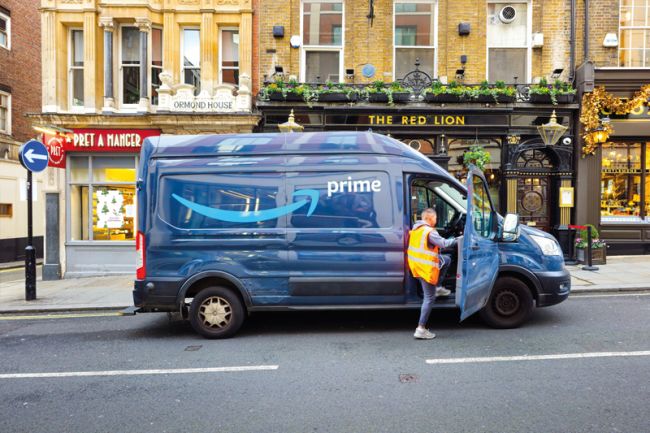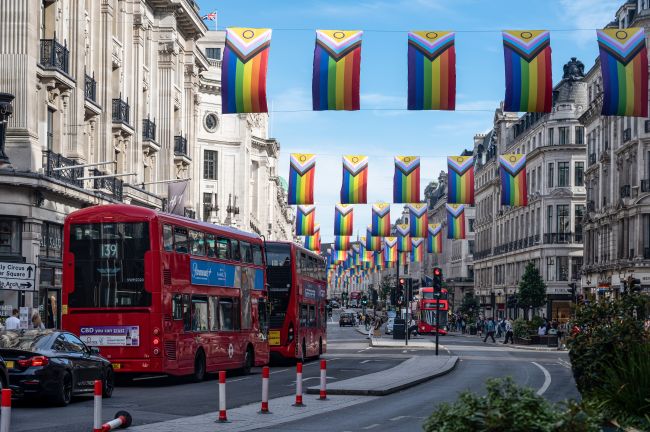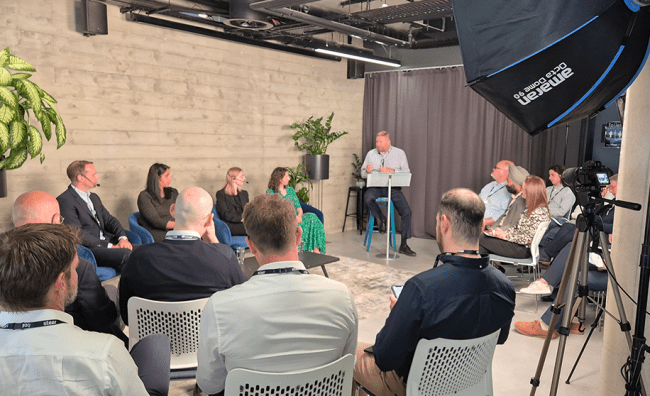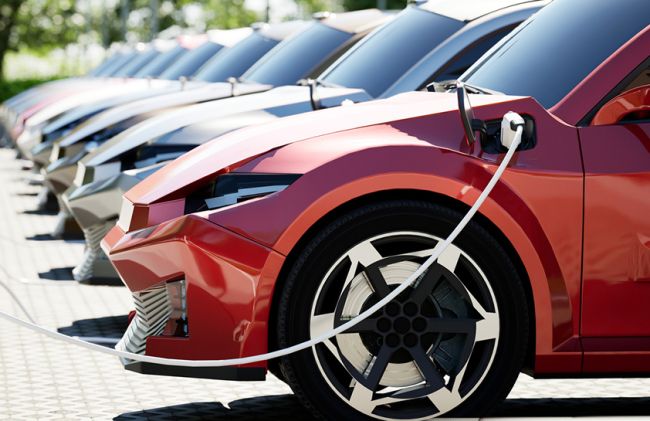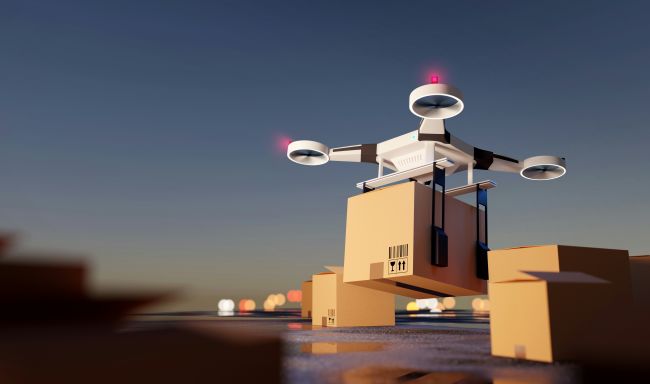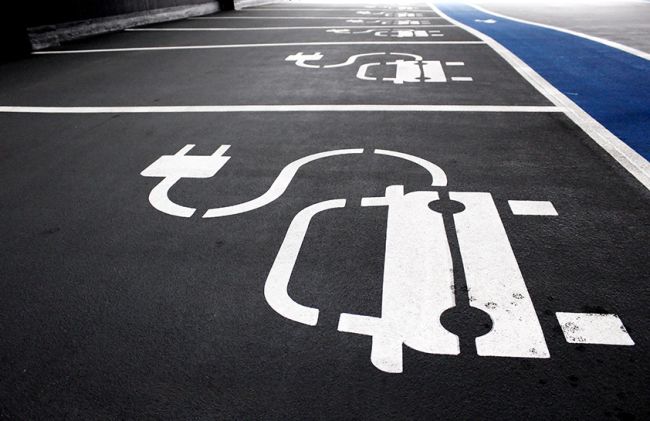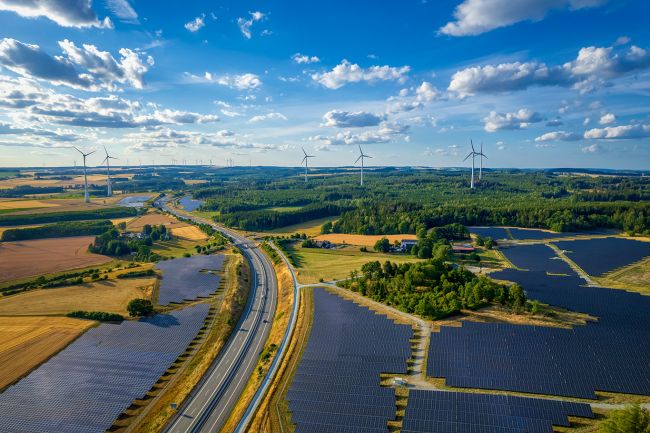Vision-led planning for an uncertain future
The concept of vision-led planning (often referred to as "Vision and validate" or "decide and provide") has existed for several years.

 The concept of vision-led planning (often referred to as "Vision and validate" or "decide and provide") has existed for several years. The vision-led approach represents a significant paradigm shift from the traditional "predict and provide" method. So, whilst conceptually, it has received widespread support from transport practitioners; it has taken a while to find its way into mainstream transport planning activity. However, vision-led transport planning is coming of age. Early indications are that the DfT will advocate a vision-led approach for Local Transport Plans (LTPs) in its forthcoming LTP guidance.
The concept of vision-led planning (often referred to as "Vision and validate" or "decide and provide") has existed for several years. The vision-led approach represents a significant paradigm shift from the traditional "predict and provide" method. So, whilst conceptually, it has received widespread support from transport practitioners; it has taken a while to find its way into mainstream transport planning activity. However, vision-led transport planning is coming of age. Early indications are that the DfT will advocate a vision-led approach for Local Transport Plans (LTPs) in its forthcoming LTP guidance.
Before joining Steer, I spent eight years at TfGM working with colleagues and stakeholders to operationalise a vision-led approach in developing and delivering Greater Manchester's fourth LTP, the Greater Manchester Transport Strategy for 2040, starting with consulting on a Vision document prior to producing the plan.
I learned a lot of lessons from this work. As local authorities gear up to refresh their plans or develop new LTPs, it's worth reflecting on why a vision-led approach is so powerful and some potential challenges that need to be considered. I shared some thoughts at the Transport Planning Society's 2022 Transport Planning Day event at the ICE in London.
The most compelling perspective I've seen on the importance of visioning is from the leading systems thinker, Donella Meadows. In her 1994 speech "Envisioning a sustainable world" (which I'd wholeheartedly recommend you watch), she says: "Vision is the most vital step in the policy process. If we don't know where we want to go, it makes little difference that we make significant progress.
Yet vision is not only missing almost entirely from policy discussions; it is missing from our whole culture. Instead, we talk about our fears, frustrations, and doubts endlessly. Still, we speak only rarely and with embarrassment about our dreams". She goes on to share her experience of developing compelling visions that allow people to describe "not the world they thought they could achieve, or the world they were willing to settle for, but the world they truly wanted".
So, why is a vision-led approach necessary, and how does it address the challenges of planning for an uncertain future?
Firstly, it helps avoid embedding past trends and outcomes into our plans. "Predict and Provide" was based on forecasting the future, usually based on past trends, and can therefore embed results that or outcomes that may not align with our future aspirations: such as social inequalities, traffic growth and pollution.
A vision-led approach enables communities, stakeholders, and planners to fully open their minds to what a better future could look and feel like. It provides an inclusive basis for building consensus across diverse communities and stakeholders before designing interventions to translate that Vision into reality.
Having a clear vision of the future makes it much easier to identify opportunities which could fulfil the Vision when they arise and to spot early signs of progress to be built upon.
With a vision, such opportunities and good news stories can be noticed. As Donella Meadows points out: even if you never fully realise the Vision, you are likely to get much further with a vision than without one.
A vision-led approach also provides a much more proactive way of managing inherent uncertainty about the future. By holding firm to the Vision but adjusting course as necessary, we can continue progressing towards our shared aspirations even if the prevailing conditions change significantly. This requires the ability and willingness to be flexible and to adapt plans over time.
What are the things we need to be conscious of in developing a vision-led approach to your plans?
For a vision to be compelling in shaping future action, it must represent a broad range of perspectives. Donella Meadows describes this as a shared, responsible vision. This can present logistical and cultural challenges regarding how you proactively engage diverse communities and stakeholders in co-designing a long-term vision, mainly if the Vision is for a large geography. However, this effort will be rewarded in the long run as you design and build support for specific interventions consistent with the Vision.
I also advocate developing a vision that is as broad as possible, embracing rather than ignoring the complexity and interconnectedness of the systems we live and work within. So, for example, a vision for a local transport plan will need to consider the relationship between travel patterns and behaviour, the broader land use, digital and energy systems, and transport's ability to shape a variety of economic and social and environmental outcomes.
In a world of constrained resources and delivery levers, there is often a challenge in striking the right balance between ambition and reality. I suggest following Donella Meadows's advice not to constrain a vision to those things which are immediately possible. Instead, establishing a clear and ambitious vision will help identify any additional powers, funding or new working relationships needed to achieve the Vision.
Developing a shared and responsible vision is only the first step! Further work will be essential to determine what action needs to be taken to deliver the Vision. For example, it may be appropriate to quantify that Vision by setting clear targets for the outcomes we want to achieve. In Greater Manchester, we did this by developing a "Right Mix" set of ambitious but credible mode share targets for different types of journeys, together with a proposed pathway for meeting those targets. However, traditional modelling tools may only sometimes be appropriate for vision-led work, and new devices may need to be developed to support decision-makers.
It's also essential to be willing to adapt the pathway to the Vision over time in response to changing circumstances. Tools such as scenario planning can help consider how different external drivers might affect progress towards the Vision and help identify interventions that are sensible under several different future scenarios. For example, the almost overnight impact of the COVID-19 pandemic on both short- and long-term travel behaviours highlighted the importance of planning for uncertain futures. Decision-makers must establish plans that are as robust and resilient as possible but can also be adapted in response to different potential disruptors whilst still making progress towards the Vision.
From my experience, developing a clear and compelling vision is a crucial first step in developing plans, policies, or strategies. If it is sufficiently compelling and inclusive, the Vision should provide an enduring and motivating "guiding star" for the hard work, which follows to build consensus around the action necessary to deliver it. Donella Meadows' insights on this are important: "People who carry responsible vision…communicate differently from cynical people…being around visionaries is a constant inspiration."
I am delighted that vision-led planning will underpin future local transport plans. Those involved in developing the next generation of projects will embrace the opportunities that a vision-led approach brings in building a shared ambition for a better future. This will need new skillsets in terms of engagement, communication through various methods, and systems thinking, as well as new toolkits to turn the Vision into evidence-based plans. This work will be well worth the effort in building support for new projects and will help attract a new generation of place-making to a career in transport.









